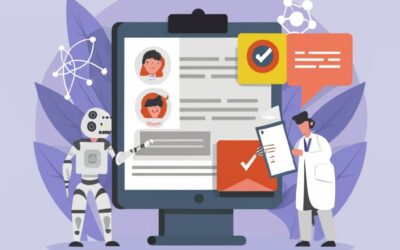While the common consensus is that publishing is moving further and further into the ebook market, physical media is still alive. Sales of physical books saw increases in 2020 and 2021 thanks to the pandemic lockdown, and while sales were overall down 6.5 percent in 2022, 788.7 million hardback and paperback books were sold in 2022. This represents a very solid 11.8 percent increase from 2019. And with this market resurgence, any new author looking to publish must consider having a physical copy of their book along with an ebook. But what kind of product is right for your book: hardback or paperback?

Hardback copies of books are the more traditional type of physical media. A hardback book has a cover that is thick cardboard covered in cloth usually with a dust jacket. These hardbacks tend to be held together with staples or stitching and are a bit more durable as a result. They tend to be larger in size, heavier in weight, and have a larger font size. Paperbacks, on the other hand, have a cover that is usually thick paper or paperboard. They tend to be held together with glue instead of stitching. The font size and book size in general tend to be smaller, and they are designed to be more lightweight compared to hardbacks.
Based off these differences, hardbacks obviously seem to have the advantage purely in terms of specifications. However, these advantages come at a cost, and that cost is, well, a higher cost. Hardbacks are more durable than paperbacks, but they tend to cost more both to buy and manufacture. The cost of producing a hardback can be two to three times the cost of producing a paperback. And while you can also sell hardbacks for far more than paperbacks, leading to a larger profit margin, shipping costs are also higher making hardbacks a higher-risk, high-reward venture.
So, which product is the best option for you as an author? This depends on multiple factors. The first factor is obviously your budget. Most first-time authors either self-publish or are working with a small or local publisher and thus cannot afford the cost to print hardbacks. Authors without unlimited budgets may have to print more cost-effective paperbacks until their books are proven to be successful enough to justify the upfront cost of producing hardbacks.
Some genres also lend themselves to one type of book over the other. Nonfiction books tend to be printed as paperbacks as many of these books (particularly science and technology books) require updates to keep up with the latest advances, and it’s much cheaper to print updated paperbacks. Romance novels and mysteries also tend to print well in paperback, especially those that are classified as “beach” reads where durability isn’t as much of a necessity. Other books such as cookbooks or photography books meant as coffee table books are more suited to hardback copies due to their striking look and durability.
While ebooks are certainly growing in popularity, physical media is still a multibillion-dollar industry that all authors should consider when marketing their book. Before you consider printing as a paperback or a hardback, you need to prepare your budget, research your audience, and understand your book’s purpose to make the choice of how to publish.
By: Chris Moffit
Chris is a Managing Editor at Technica Editorial




